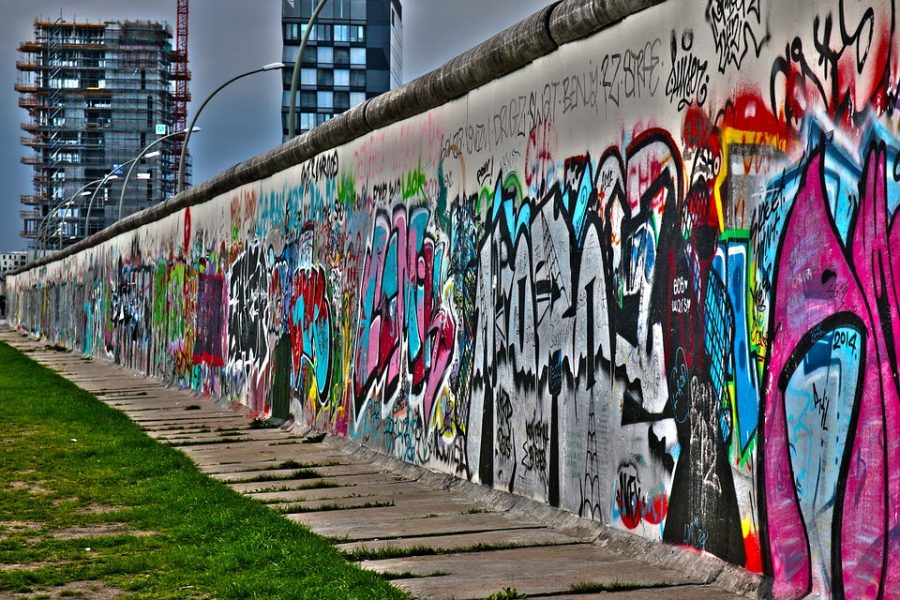Looking back historically, are border walls effective?
May 2, 2018
“I will build a great wall — and nobody builds walls better than me, believe me –and I’ll build them very inexpensively. I will build a great, great wall on our southern border, and I will make Mexico pay for that wall. Mark my words,” said President Trump on June 16, 2015, a little over a year before being elected president.
Border walls have been a part of our world dating back to 300 BC with The Great Wall of China. The wall was built to prevent attacks on China from the North. It was meant to keep out Manchu invaders, but the wall later failed to do its purpose when Manchurians broke through the wall, This prompted the fall of the Ming dynasty and the beginning of the Qing dynasty.
In June 1961, German Democratic Republic State Council Chairman Walter Ulbricht and Soviet Union leader Nikita Khrushchev announced the construction of the Berlin Wall.
On August 15 of the same year, the border was closed, known as “Barbed Wire Sunday.” The wall was built to keep people from East Germany from defecting to West Germany.
The 96 mile-long wall fell on November 9, 1989, the defining moment of the 20th century remembered for its jubilant scenes of people scaling and hacking off pieces of the wall.
The Iraq–Kuwait Barrier was constructed in August 1990. The United Nations wanted to separate the two countries after Iraqi President Saddam Hussein invaded Kuwait. The wall was built to keep military personnel from invading each other.
Tensions arose in 2003 when, under U.S. military command, Kuwait citizens tore holes in the fences large enough for military vehicles so the United States could cross the Iraq-Kuwait Demilitarized Zone to invade Iraq. In 2004 the Kuwait government announced it would be putting an iron partition along the entire 135-mile border. The border between the two countries still stands and does not appear to help tensions
Cyprus an island in the Mediterranean Sea, it is known for it conflict between Greece and Turkey. In 1974, an Athens political militia took control of Cyprus. Turkey responded by invading the north and giving Turkish Cypriots control of that region.
Turkish Cypriots declared the independent Turkish Republic of Northern Cyprus in 1983, but Turkey is the only country that accepted its legitimacy. The island’s internationally accepted government is the Republic of Cyprus, led by Greek Cypriots.
In 1974 a cease-fire line was established, known as the Green Line. Turkey built a barrier along the Green Line, with concrete walls, barbed-wire fencing, military outposts, and some minefields. The barrier is 187 miles long and splits the capital, Nicosia, into two sections.
Walls are being built all over the world ten are under construction and there are currently five proposals in effect.





